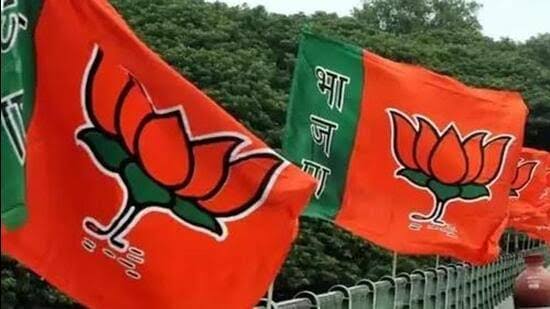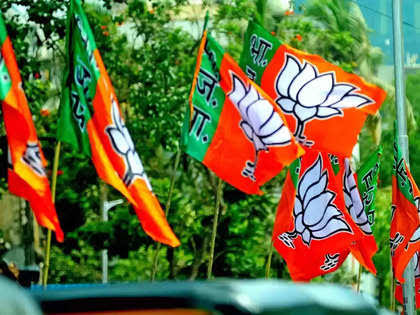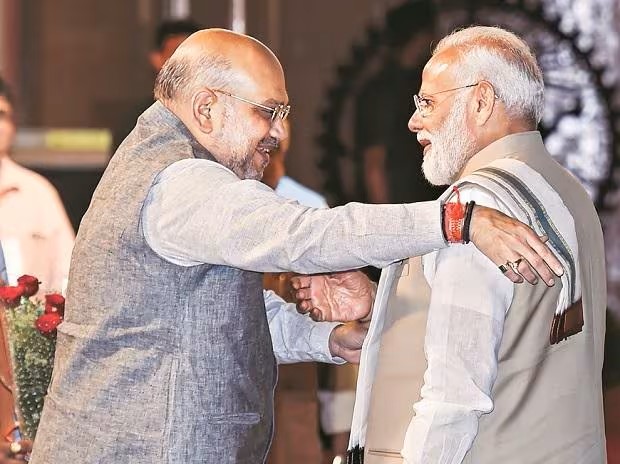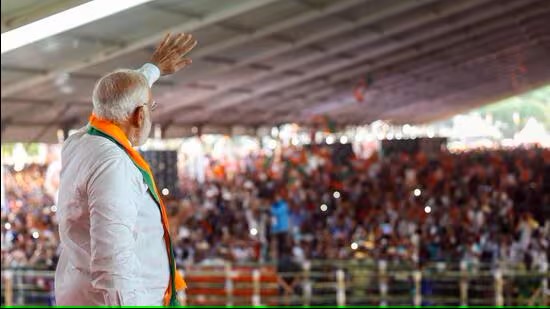The Bharatiya Janata Party (BJP) and Prime Minister Narendra Modi are ramping up efforts to secure a substantial portion of the 57 seats up for contention in the concluding phase of the ongoing Lok Sabha polls on June 1.
 In both West Bengal and Odisha, the party has been methodically expanding its sway and fortifying its position within the political spectrum.
In both West Bengal and Odisha, the party has been methodically expanding its sway and fortifying its position within the political spectrum.
The BJP’s triumph in 18 seats in West Bengal in 2019 marked a pivotal breakthrough for the party, which previously had limited grassroots presence in the state. Following this, the BJP launched an assertive campaign against the ruling Trinamool Congress (TMC), positioning itself as a credible alternative.
This concerted endeavor yielded results during the 2021 assembly polls, where the BJP performed commendably, clinching 77 seats. Notably, the victory of BJP candidate Suvendhu Adhikari over Chief Minister Mamata Banerjee in Nandigram underscored the party’s burgeoning strength in a state traditionally associated with communism.
Now, with a bolstered opposition status in West Bengal, the BJP aims to further augment its Lok Sabha representation, laying the groundwork for the 2026 assembly elections.
Similarly, in Odisha, where the BJP secured 8 out of 21 seats in 2019, the party endeavors not only to double its Lok Sabha tally but also to position itself as a credible contender for forming the government in the state.
In both states, the BJP has strategically positioned itself as the primary alternative to the ruling parties – the TMC in West Bengal and the Biju Janata Dal (BJD) in Odisha. With the waning influence of the Congress and Left parties as formidable adversaries, the BJP perceives an opportunity to further consolidate its presence and influence in the region.




